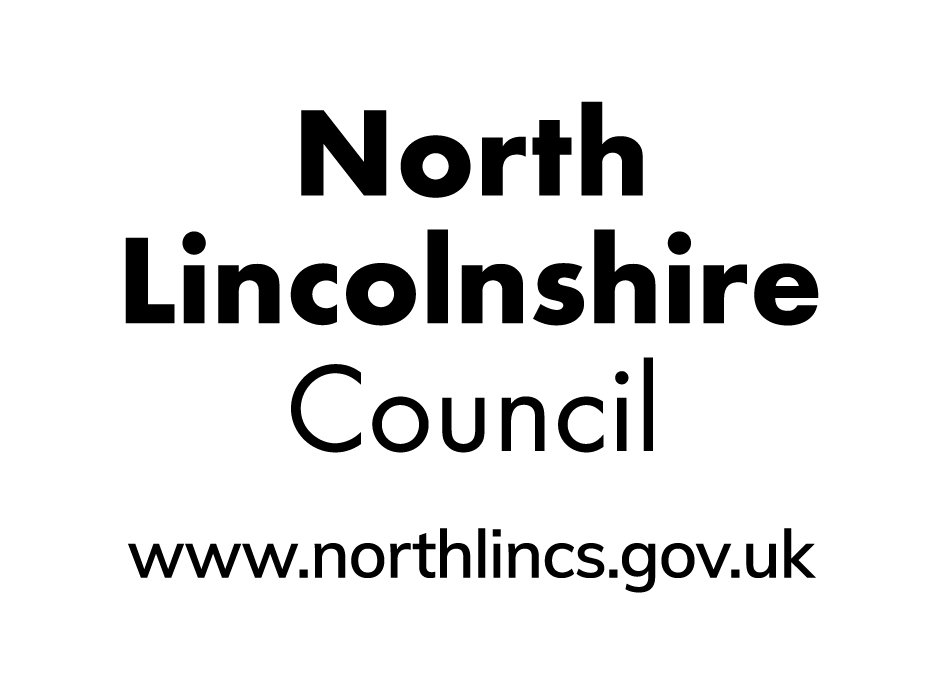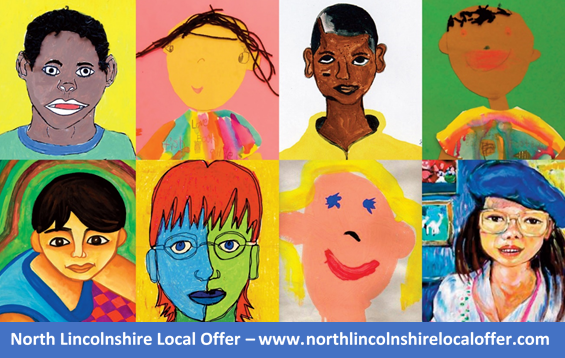Where your money comes from?
We are currently working with young people to personalise these pages. Further information will be available soon.
Further information:
This is the money you get for doing a job if you are in paid employment. The amount you get depends upon the number of hours you work and the rate of pay agreed (between you and your employer) per hour.
What is a Disability Living Allowance?
This is a benefit that is paid to disabled people. It is to help with the extra costs of being disabled. So you have the same chances to take part in life as other people.
How can I get a Disability Living Allowance?
You can get Disability Living Allowance (DLA) if:
- You have a physical impairment. Or a learning difficulty. Or mental health support needs.
- You need someone to support you. Or you have difficulty walking and getting about because of your impairment.
- You have needed this support for at least three months. And it is likely to continue for at least another six months.
Components of a Disability Living Allowance
Disability Living Allowance (DLA) has two parts called ‘components’:
- Care component – if you need help looking after yourself or support to keep you safe.
- Mobility component – if you can’t walk. Or find it very hard to walk. Or you need help getting around.
You can get Disability Living Allowance (DLA) whether you work or not. The amount you get is to do with your support needs and impairment you have. It is not to do with how much money you have coming in.
Further information
To find out how much this benefit may be worth or to apply for this benefit visit the government website.
Easy Read Guide
Download an easy read guide on Payment Independence Payment (PIP) and how to claim it.
What is a Personal Independence Payment?
This benefit helps disabled people live full, active and independent lives. Disabled people who can get this benefit, will get money to help them pay the extra costs of being disabled.
Personal Independence Payment (PIP):
- Is based on how your condition affects you, not the condition you have
- Is for people aged between 16-64
The two parts of a Personal Independence Payment
Personal Independence Payment (PIP) has two parts. A ‘daily living’ part and a ‘mobility needs’ part. Each part has two different rates. A standard rate and a higher rate for people with the greatest needs.
‘Daily living’ part activities are when you do these things:
- Prepare food
- Eat and drink
- Manage your treatments
- Wash and bathe
- Manage your toilet needs
- Get dressed and undressed
- Communicate
- Read
- Mix with other people
- Make decisions about money
‘Mobility’ part activities are when you do these things:
- Go out
- Move about
You will be asked how well you can do these activities and how much help you need.
You must have needed help with these activities for at least three months. You must be likely to need help for nine more months.
How to apply
To find out how much this benefit may be worth. Or to apply for this benefit visit the government website.
This benefit is for people who find it harder to get a job. Read more on the Government website:
A Personal Budget for SEN is money identified to pay for support. It is specified in an Education, Health and Care plan (EHC plan) for a child or young person with special educational needs. It can include funds from the local authority for education and social care. And from the Clinical Commissioning Group (CCG) for health.
Please see our Personal Budgets page for more information.




